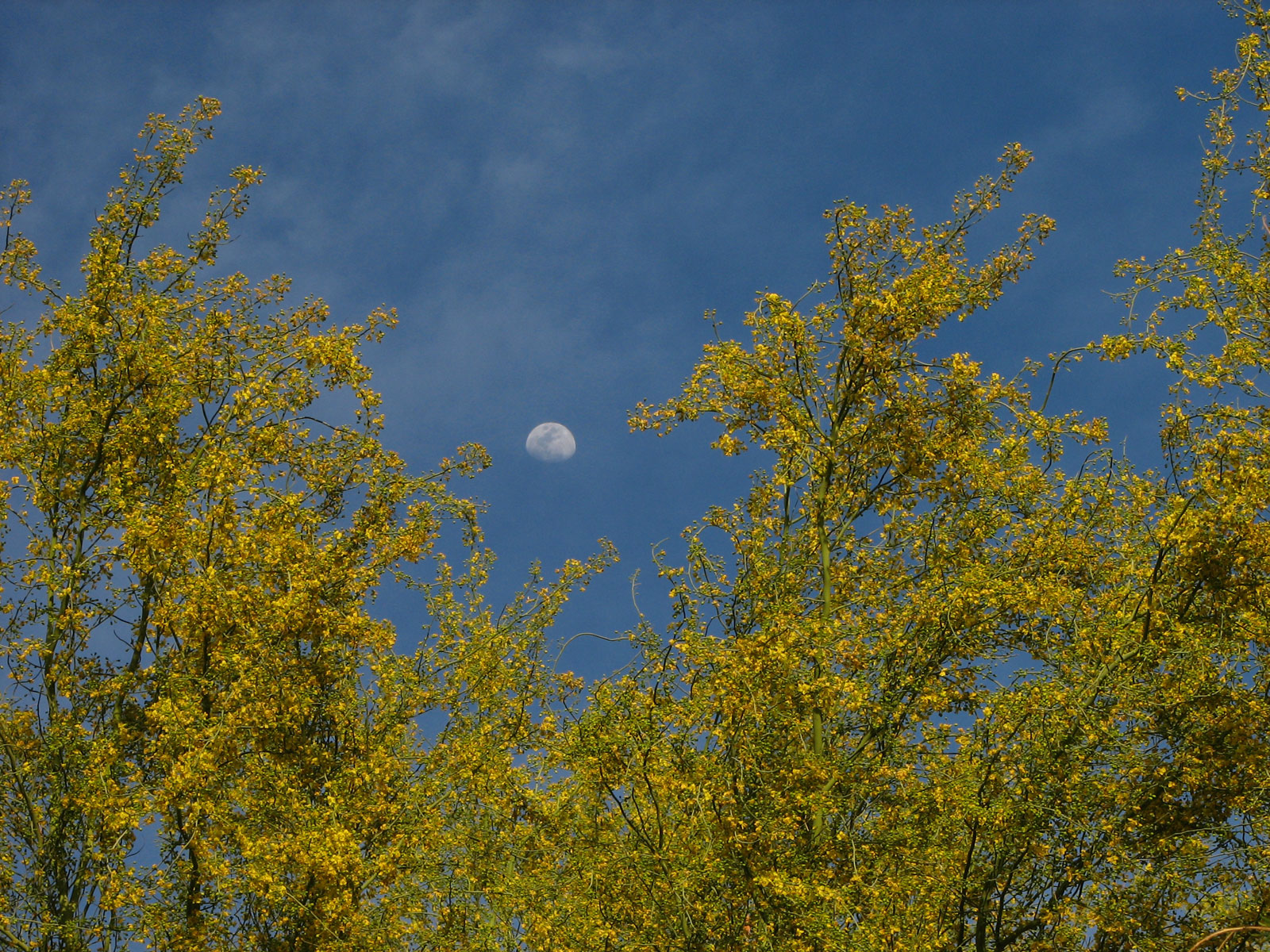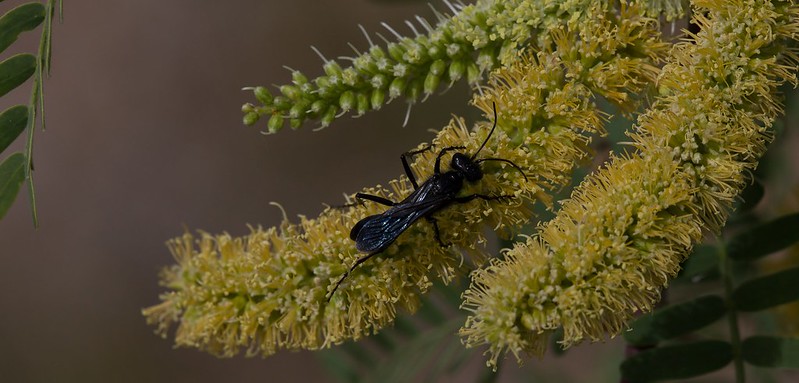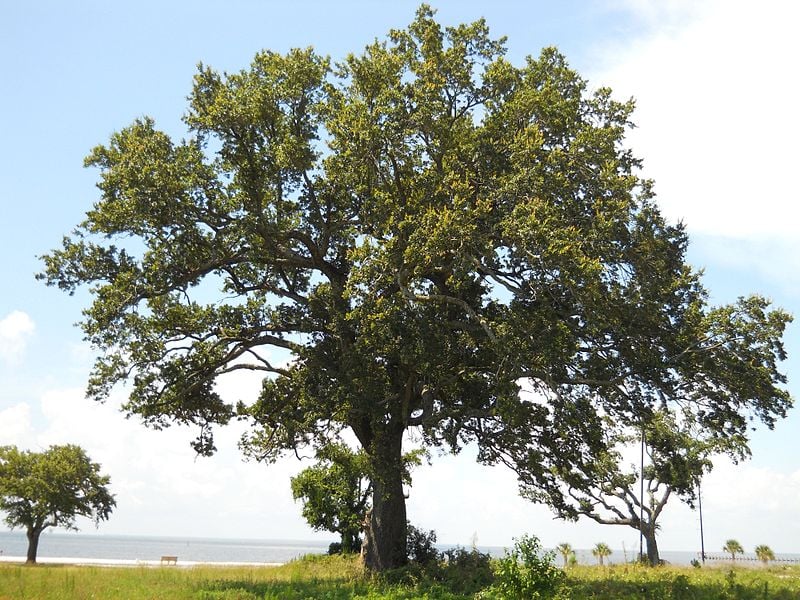
Phoenix might not be the first city that comes to mind when people think of trees. But a respectable number of trees grow quite well in this booming metropolitan area of 5 million people. With a little thought and planning, your Phoenix home can have a canopy of boughs that will cool you in the summer sun. That’s important in a place that gets more average annual sunshine than any other major city on earth.
The key to success is selecting the right trees, avoiding the wrong ones, and planting them the right way.
The Right Trees
Native trees do better than imports because they’re better adapted to the climate and need less water. That’s especially important in Phoenix, where the average annual rainfall is less than seven inches. And the annual rainfall is actually declining because the geographical sprawl of the metro area is diverting storms. That’s according to urban horticulture specialist, Michael Chamberland, with the University of Arizona Cooperative Extension. He recommends planting water-stingy natives.
Palo Verde
It’s appropriate to start with the official state tree for Arizona (pictured above). The trees bloom a lovely golden, need little water when mature, and will grow 30 feet tall and live 100 years. Palo verde trees won’t irritate allergy sufferers, so this is an ideal landscape tree.
“These are good shade trees because they look native visually. They look like desert trees and fit in with the natural look,” Chamberland said. “These are the toughest native trees and are almost foolproof when they’re established.”
Velvet mesquite

Another mesquite variety that’s a good selection if you have a large open yard. It shrugs off the hottest sun and isn’t choosy when it comes to soil. Lots of Arizonans use this tree in xeriscaping. Its smaller cousin, the screwbean mesquite, is another good choice.
Chamberland points out the palo verde and velvet mesquite both have some drawbacks. “They have branching structures that are low, and you have to do a lot of pruning to lift them up. They also drop leaves and seed pods.”
Desert willow
Although it resembles a willow, this tree is a relative of the trumpet vine. It can be the real showoff in your yard with colorful, deciduous flowers and an aroma that attracts bees and hummingbirds.
“This is a bit more of an upright tree,” Chamberland said, noting it requires less pruning of lower limbs than the mesquites.
Acacia
The cat claw and whitethorn acacias give you fuzzy yellow blossoms that appeal to bees and butterflies. As the names imply, they also give you menacing thorns. “These are really shrubs,” Chamberland said. “They make fairly good native small trees but take longer to get up to size.”
While these trees don’t create deep shade, they allow filtered light through, which is ideal for growing aloe and cacti beneath them.
Adapted Non-Natives
For non-native trees that are well adapted to the Phoenix climate, Chamberland offers several options:
Southern live oak

“This is one of the better ones to grow,” Chamberland said. “It’s slow to grow but provides a really deep shade.”
Evergreen oak
This native of the Mediterranean is a low-maintenance tree that likes full sun and produces many leaves.
Chinese pistache
“This is good for people looking for something that looks a little more eastern,” Chamberland said, “But it’s still pretty tough.”
Red push hybrid
Chamberland says this relative of the Chinese pistache “does surprisingly well” in Phoenix. It offers deep green leaves in summer and shades of red and orange in fall.
The Right Way
Patience is just as important as water, soil, and nutrients when planting trees in Phoenix. “Don’t prioritize fast-growing. Fast growers often outgrow their space,” Chamberland said.

Even though trees that do well in the desert don’t need a lot of water, it’s vital to get them off to a good start. “When you plant a new tree, you need to water it a lot in the first few weeks and months,” he said. Once it’s established – usually after a couple of years – it will take care of itself.
“Fall is the best time to plant trees, and second is spring. Don’t plant in the summer,” said Chamberland, who is a horticulture specialist, assistant agent, and master gardener with the University of Arizona Extension Service in Phoenix.
To make the best use of shade in desert summers, he suggests planting trees on the west side of your home. The east side is the second-best choice. Because of the way the sun tracks across the sky, trees on the south side will not provide shade during the hottest months of the year.
Talk to a Phoenix landscaping expert if you need help selecting plants or trees for your landscape.
Main image credit: Blue palo verde moon, Katja Schulz, CC 2.0.